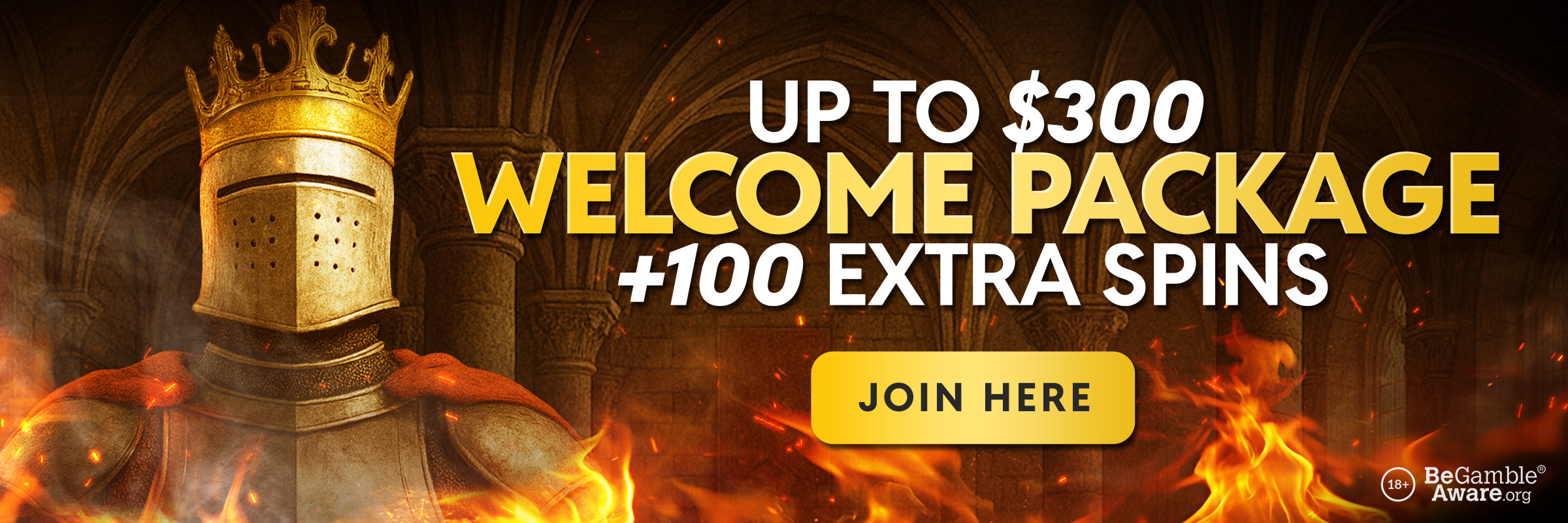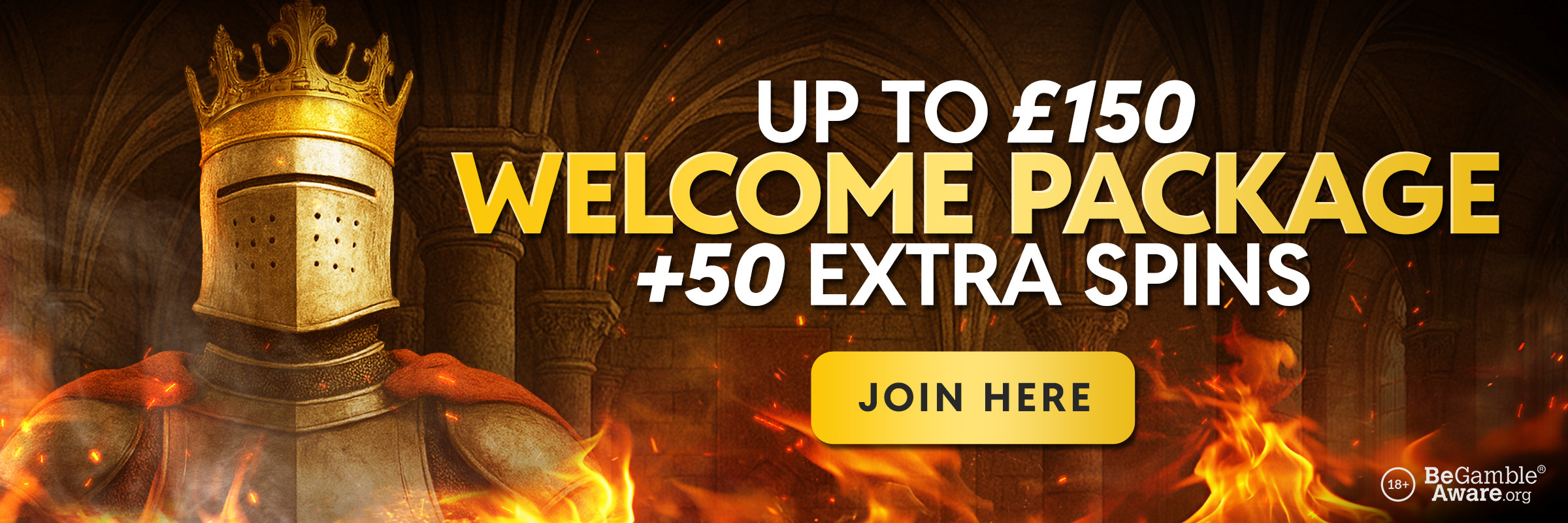
Blackjack Dealer’s Face-Up Card Explained: What Is It?
Welcome to King Casino’s latest blog post, where we delve into the nuances of one of the most pivotal moments in blackjack: the dealer’s face-up card. Understanding this key aspect may enrich your gameplay experience and help you make more informed decisions at the table.
Whether you’re a seasoned player or new to the game, our guide will help you comprehend what the face-up card signifies, and how it might influence your strategy. So, let’s explore together how this crucial component plays a role in the entertaining world of blackjack.
What Is an Upcard In Blackjack?
In blackjack, the ‘upcard’ refers to the one card that the dealer shows during the initial deal. This card is visible to all players at the table and plays a critical role in informing your strategy. As you assess your own hand, the dealer’s upcard offers a glimpse into potential outcomes and helps you decide whether to hit, stand, double down, or split, depending on the game rules.
For example, if the dealer displays a high upcard, like an ace or a 10-value card, the odds of the dealer achieving a strong hand increase. Conversely, a low upcard, such as 2 through 6, might suggest a favourable situation for you to take a more aggressive approach.
Is The Blackjack Dealer’s First Card Up or Down?
In the classic game of blackjack as played in the UK, the dealer initially deals two cards to each player and to themselves. Of the dealer’s two cards, the first is dealt face down, known as the ‘hole card’, and the second card is dealt face up, which is the ‘upcard’.
This sequence is significant as it sets the stage for the decisions you need to make. While you can see your own cards and the dealer’s upcard, the hole card remains a mystery until the dealer’s turn comes to play their hand. This element of unknown keeps the game intriguing and requires you to make decisions based on partial information.
Blackjack Dealer Upcard Chart
When playing blackjack, reacting strategically to the dealer’s upcard can potentially enhance your experience. Here’s a breakdown of recommended actions based on the dealer’s upcard, following the basic strategy.
Remember, these strategies do not guarantee specific outcomes and can vary depending on house rules, so always check the specific rules at the casino you are playing at.
2
If the dealer shows a 2, it’s generally safe to assume they might struggle to reach a strong hand. Consider standing if you have a total of 13 or higher.
3
With the dealer showing a 3, their chances of going bust are increased. You should generally stand if your hand totals 13 or more.
4
If the dealer’s upcard is a 4, the odds are slightly in your favour. Stand if your hand is 12 or higher.
5
A dealer upcard of 5 is typically a favourable situation for you. It’s often recommended to stand if you have 11 or more, as the dealer has a high chance of busting.
6
The dealer showing a 6 can also be advantageous. Stand on any hand of 12 or higher, as the dealer is likely to bust.
7
If the dealer has a 7, the strategy begins to shift. You should consider standing only if your hand is 17 or more, as the dealer is in a stronger position.
8
With an 8 as the dealer’s upcard, the dealer has a solid chance of making a good hand. Stand if your hand is 17 or higher.
9
A dealer upcard of 9 can be challenging. You should ideally stand only if you have 18 or more.
10
Facing a dealer with a 10-value card (10, Jack, Queen, King) means they have a high potential to finish with a strong hand. Stand if you have 17 or more.
Ace
The Ace is the most powerful upcard a dealer can have, indicating the potential for a blackjack. It’s prudent to assume the dealer will end up with a strong hand. Therefore, you should aim to stand on 17 or higher.
Using this strategy chart can help guide your decisions during the game. Always remember that blackjack combines elements of chance and skill, and outcomes can never be predicted with certainty.
Play Slots & Online Casino Games
How To Read The Dealer’s Upcard In Blackjack
Reading the dealer’s upcard in blackjack is a crucial skill that can help you make more strategic decisions. Here’s how to interpret what you see and adjust your play accordingly.
First, categorise the upcard into either a strong card or a weak card. Cards from 2 through 6 are generally considered weak for the dealer, as they increase the likelihood of the dealer busting when they take additional cards. If the dealer’s upcard is in this range, you might consider taking a more aggressive approach by doubling down or splitting pairs, depending on your own hand and the game rules.
Conversely, cards from 7 through Ace are strong cards for the dealer. These cards decrease the likelihood of the dealer busting, and increase their chances of achieving a high total. With these upcards, your strategy should most likely be more conservative. You may want to stand on lower totals than you would against weaker upcards to try and avoid busting before the dealer plays their hand.
Always consider the context of the rest of your hand when evaluating the dealer’s upcard. For instance, if you have a hand total that is likely to bust with an additional card, and the dealer shows a weak upcard, standing might be a better option than hitting.
Lastly, while using the dealer’s upcard to inform your decisions can help, it is important to remember that each hand is unique and influenced by many factors, including the rules of the specific casino where you are playing. It’s a good idea to familiarise yourself with these rules to optimise your strategy accordingly.
Play Blackjack Online For Real Money
Discover the fun of playing blackjack online at King Casino, where you can test your skills and strategy against the dealer from the comfort of your home. Whether you’re a novice or an experienced player, our range of blackjack games offers something for nearly everyone. Enjoy a fair and enjoyable casino environment, complete with a variety of betting options to suit your preferences. Remember, while blackjack involves both skill and chance, outcomes are never certain. Play responsibly and enjoy the experience at King Casino.
*All values (Bet Levels, Maximum Wins etc.) mentioned in relation to these games are subject to change at any time. Game features mentioned may not be available in some jurisdictions.





























































